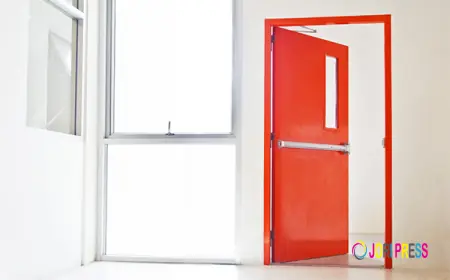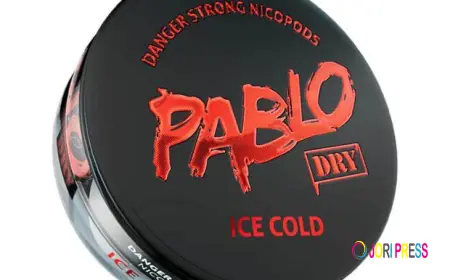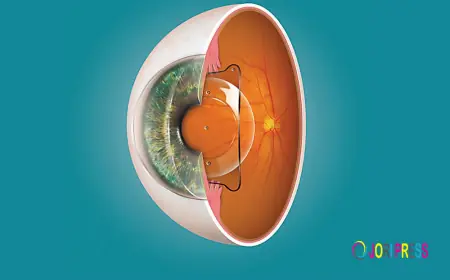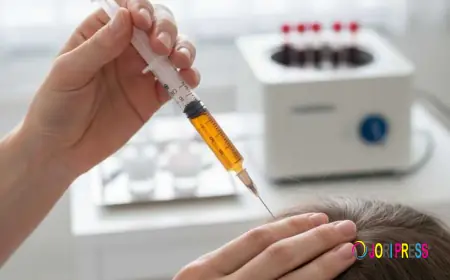Why Your Faucet Keeps Dripping
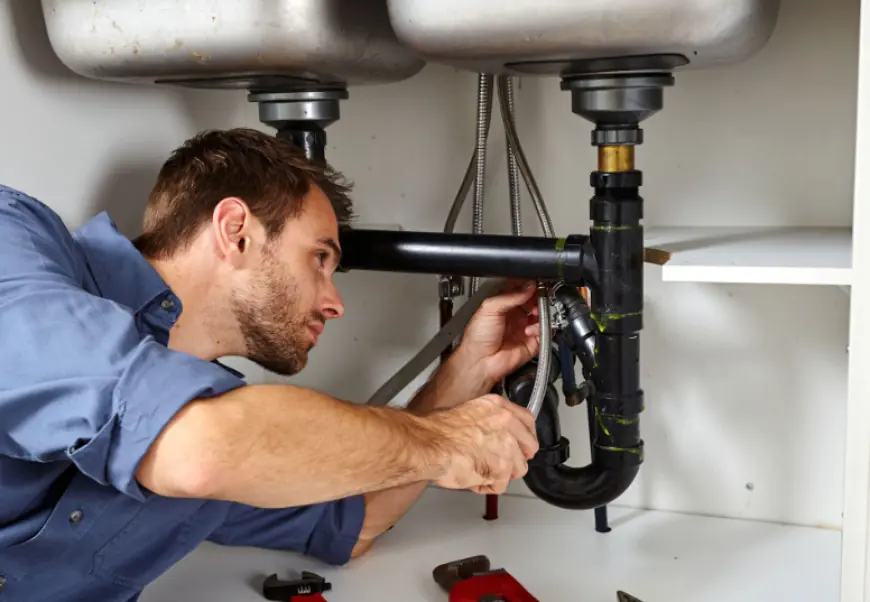
Dripping faucets are more than just an annoying household issue—they can lead to significant water waste and costly repairs if ignored for too long. Many homeowners are unaware of the root causes of a leaky faucet or how to address the problem effectively. If you're experiencing a persistent drip, it may be time to call in expert Plumbing Repair Services in Hawthorne, CA, to assess and resolve the issue before it gets worse. This article will guide you through the common causes of faucet leaks, their impact, and practical solutions to stop the drip for good.
Understanding the Problem: Why Faucets Drip
Faucets are mechanical devices, and like any other component in your home, they wear out over time. A dripping faucet typically points to an internal failure or degradation of one or more parts. While it might seem like a minor issue, that constant dripping can waste gallons of water over time and spike your utility bills.
Common Causes of a Dripping Faucet
1. Worn Out Washer
One of the most common reasons for a dripping faucet is a worn-out washer. Every time you turn the faucet on or off, the washer is pressed against the valve seat, and over time, this friction causes it to wear down. A degraded washer no longer forms a tight seal, resulting in a drip.
2. Damaged Cartridge
For faucets with a cartridge mechanism, the cartridge itself may be faulty or cracked. Cartridges regulate the flow and temperature of water; if damaged, they allow water to leak out slowly even when the handle is off.
3. Corroded Valve Seat
The valve seat connects the faucet and the spout. Over time, sediment buildup or corrosion can damage the valve seat, leading to leaks near the spout. Regular maintenance and cleaning can help prevent this issue.
4. Loose or Worn-Out O-Rings
An O-ring is a small rubber ring found in the faucet stem that helps create a waterproof seal. When it becomes loose or deteriorates, it can allow water to seep out from the handle area.
5. High Water Pressure
In some cases, the faucet itself may be fine, but the water pressure in your plumbing system is too high. Excess pressure can prevent water from draining properly or cause leaks through weak points in the faucet assembly.
The Cost of Ignoring a Dripping Faucet
Letting a faucet drip continuously may not seem like a big deal, but over time, it leads to serious consequences.
Water Waste
A single dripping faucet can waste up to 3,000 gallons of water a year. This is not only bad for the environment but also significantly increases your water bill.
Structural Damage
Leaks that go unchecked can cause moisture buildup, leading to water damage, mold growth, and even structural issues in walls and cabinetry.
Increased Repair Costs
What starts as a minor leak can quickly escalate into a major repair job if left unattended. Early intervention from professional plumbers can save you hundreds of dollars down the road.
When to Call a Professional Plumber
While some minor leaks can be fixed with basic tools and a little DIY knowledge, others require the expertise of a licensed professional. Here’s when it’s best to call in a specialist:
-
You’ve replaced washers and O-rings, but the faucet still leaks.
-
The leak is getting worse over time.
-
Water is dripping from multiple areas of the faucet.
-
You’re unsure about the type of faucet you have or how to fix it.
-
You notice signs of water damage around the sink or in the cabinet below.
If you live in Southern California, expert Plumbing Repair Services in Hawthorne, CA can diagnose the issue quickly and offer lasting solutions with professional-grade tools and parts.
Preventing Future Leaks
A little preventative maintenance goes a long way. Here are a few tips to help you avoid future faucet leaks:
Regular Inspections
Check your faucets every few months for signs of leaks, corrosion, or loose parts. Catching these signs early can prevent a more serious problem.
Avoid Over-Tightening
Many people think that turning the faucet handle tightly will prevent leaks, but it actually puts stress on internal parts and causes faster wear and tear.
Install Water Softeners
If you live in an area with hard water, mineral deposits can damage your plumbing fixtures. Installing a water softener helps reduce sediment buildup in your faucets and pipes.
Replace Old Fixtures
If your faucet is more than 10–15 years old, it may be more cost-effective to replace it altogether rather than continue with repeated repairs.
Types of Faucets and How They Affect Repairs
Different faucet designs require different approaches to maintenance and repair. Knowing what kind of faucet you have will help determine the best course of action.
Compression Faucets
These have separate hot and cold water handles. They’re prone to washer failure, making them a common culprit for dripping.
Ball Faucets
These use a ball bearing mechanism and have a single handle. They are more complex and usually require a replacement kit.
Cartridge Faucets
These can have one or two handles and typically use a replaceable cartridge. Fixing a leak often means swapping out the cartridge.
Disc Faucets
The most durable type, disc faucets use a pair of ceramic discs to control water flow. Repairs are usually minimal but may require specialized parts.
Final Thoughts
A dripping faucet isn’t just a minor annoyance—it’s a symptom of deeper plumbing issues that, if left unchecked, can lead to significant water waste and home damage. By understanding the common causes of faucet leaks and when to seek help, you can protect your home and your wallet. If you’re not comfortable fixing it yourself, professional Plumbing Repair Services in Hawthorne, CA offer fast and reliable solutions to keep your home leak-free. Don’t wait until that drip becomes a flood—act early and stay ahead of plumbing problems.
What's Your Reaction?
 Like
0
Like
0
 Dislike
0
Dislike
0
 Love
0
Love
0
 Funny
0
Funny
0
 Angry
0
Angry
0
 Sad
0
Sad
0
 Wow
0
Wow
0







